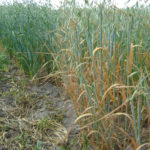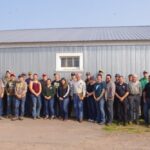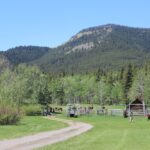
Watch for high sulphate levels in salvaged canola
Supplementation necessary to prevent trace mineral and vitamin deficiencies

Ag leaders lean in to gender equity
Across the country, women and men are not only identifying remaining barriers to equity, but also finding ways to make agriculture a more welcoming industry for everyone

Beware of high nitrate levels in drought-stressed forages
Feed tests the ideal starting point when managing forages with nitrate accumulation

How to reduce health effects of wildfire smoke at weaning time
A strong calf vaccination program is the most important step, experts say.

Building foundational skills

Open-pit mining on Eastern Slopes one of the biggest issues facing our generation, says rancher
Beef producers encouraged by recent developments, but still see threat to grazing lands and watersheds

EPDs: Inside the numbers
Breaking down a real-life EPD report to understand how to evaluate and apply genetic predictions

Alberta Environmental Farm Plan launches tool to gauge potential wildlife habitat
Habitat and Biodiversity Assessment Tool helps producers choose management practices to protect habitat for at-risk wildlife

The beef industry’s voice in Ottawa
In representing producers on the national and global stage, Fawn Jackson has blended her passion for agriculture and politics into a rewarding career. She credits mentorship for a big part of her success

Moving towards a career with purpose
Young Leader Spotlight: Discovering an interest in range management has broadened Jourdyn Sammons' educational opportunities



